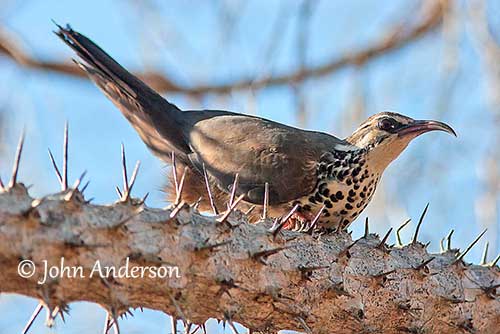
Text by Nicole Bouglouan
Photographers:
John Anderson
John Anderson Photo Galleries
Jean Michel Fenerole
Photos d’Oiseaux du monde
William Price
PBase-tereksandpiper & Flickr William Price
Dubi Shapiro
Dubi Shapiro Photo Galleries & Dubi Shapiro's Pictures on IBC
Alan & Ann Tate
AA Bird Photography
Illustrator :
Marc Athanase Parfait Œillet Des Murs (1804-1878)
Origine de l’illustration (1849)
Sources:
HANDBOOK OF THE BIRDS OF THE WORLD Vol 3 by Josep del Hoyo-Andrew Elliott-Jordi Sargatal - Lynx Edicions - ISBN : 8487334202
The Birds of Africa: Volume VIII: The Malagasy Region: Madagascar, Seychelles, Comoros, Mascarenes - Par Roger Safford, Frank Hawkins – ISBN: 1408190494, 9781408190494- Editeur: A&C Black, 2013
Creagus – Don Roberson - MESITES Mesitornithidae
Mesite - From Wikipedia, the free encyclopedia
The Natural History of Endemic Families and Sub-families of Birds of Madagascar
FAMILY MESITORNITHIDAE
Mesites
The family Mesitornithidae is endemic to Madagascar. It is represented by two genera such as Mesitornis with two species, and Monias with a single species. However, the subfossils (bones) of an undescribed and extinct species of the genus Monias were recently found after excavations in Anjohibe cave.
Recent molecular genetic studies suggest that these birds belong to a very old lineage. Following a phylogenetic analysis covering a wide range of data, the mesites appear to be close relatives to pigeons of family Columbidae, and sandgrouses of family Pteroclidae. But the family Mesitornithidae has always been regarded as ancient and sufficiently distinct to warrant its own order, after being traditionally included in the order Gruiformes.
The mesites are ground-dwelling birds with elongated bodies and sometimes almost cylindrical look. They have small head and broad tail. The short, rounded wings and strong legs and feet indicate both rare flight and terrestrial habits. The stout bill is more or less decurved and of short to medium length, depending on the foraging behaviour of each species. They lack oil glands, but they possess powder-downs that help to insulate the bird.

The two Mesitornis species have horizontal appearance, with both head and tail held flat in a line with the plan of the back. But the Subdesert Mesite of genus Monias holds both head and tail more erect.
The mesites have usually rufous-brown plumage with variably paler underparts. Except the Brown Mesite which is almost uniformly rufous-brown, the two other species show black or brown spots on the underparts.
Both Subdesert Mesite and White-breasted Mesite have a conspicuous head pattern with pale streak above or behind the eye and white chin and throat, whereas the Brown Mesite has only a variable white streak behind the eye. The Subdesert Mesite is sexually dimorphic with the female showing prominent dark chestnut markings below. Their cryptic plumage makes them difficult to find.
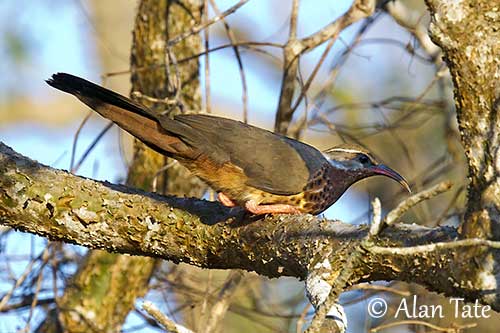
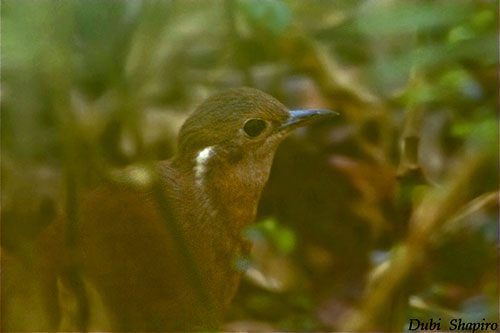
Female
These birds move by walking slowly along the ground while foraging. They do not hop, and run only to escape a predator or to chase some prey. The Subdesert Mesite bobs the head and flicks the tail while walking, but this behaviour is less pronounced in Mesitornis.
The mesites are reluctant to flight. However, they fly sometimes over short distances of 20-30 metres. The wingbeats are strong and noisy, similar to those of flushed gamebirds.
The Subdesert Mesite has very restricted range in the spiny subdesert forests in SW Madagascar. It forages by digging in the sand with its recurved bill while searching for invertebrates. It also consumes small fruits and seeds.
The White-breasted Mesite frequents the dry deciduous western forests and some evergreen forest sites but it has fairly small range. It forages by walking slowly and searching for prey in the leaf litter, removing large leaves to find hidden insects.
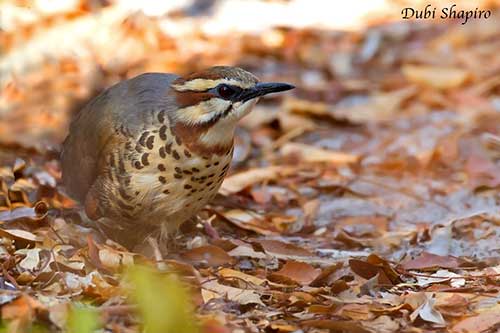
The Brown Mesite is found in the humid eastern forest with thick leaf litter. Its range appears to be much less patchy than that of the previous. It has similar foraging behaviour in thick leaf litter and gleans from leaves at ground level.
They feed primarily on invertebrates such as various insects, spiders, seeds and small fruits.
Although the mesites are restricted to the ground for foraging, they roost and nest slightly higher, often on sloping branches in trees, which can be reached only by climbing instead of flying. They are exclusively diurnal.
The mesites are often heard before to be seen. They have a wide repertoire of both resonant and harmonious sounds. Vocal communication is very important for these birds that live in undisturbed forest. The members of a pair or some juveniles foraging with their parents may sometimes be separated, and give continuous contact calls.
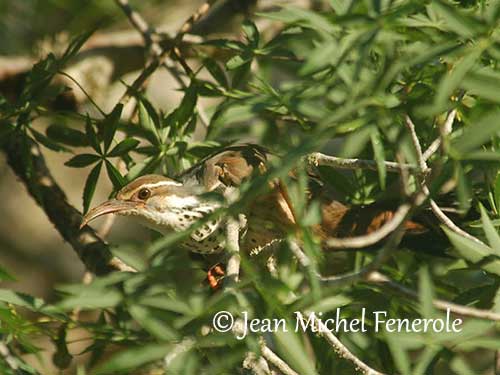
The song of the Subdesert Mesite appears to come from more than two members as a chorus and can be heard in the early morning. The song given during the breeding season is longer, 35-45 seconds, than outside this period.
The White-breasted Mesite sings all year round while holding the territory. They have synchronized duets of 30-60 seconds, in which male and female have different parts. The duet is initiated by the male.
The song of the Brown Mesite, a loud, far-carrying prolonged series of calls, is most intense in the early morning around sunrise.
They are more vocal during the breeding season, but they usually sing all year round, as they are sedentary on the island.
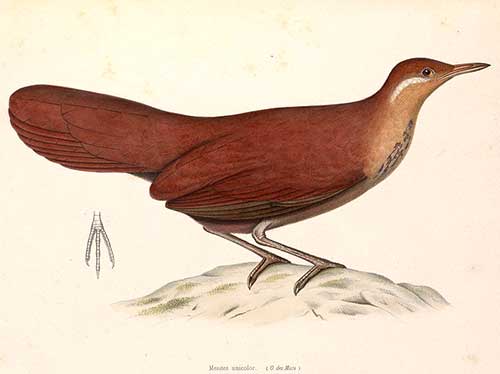
Marc Athanase Parfait Œillet Des Murs
The mesites usually breed during the rainy season with the laying between October and April, with peak in November/January.
The two Mesitornis species are probably monogamous, but Monias is suspected to be polygynous, as more than one female lay in the same nest. But this species has flexible mating system, and monogamy, polyandry and polygyny may occur.
The Subdesert Mesite lives in groups of 2-9 adults, including during the breeding season. The groups defend large, permanent territories and all members take part in defence. Some ritual displays were observed in November with some “fights” between males accompanied by continuous chorus. (See the card of the Subdesert Mesite paragraph “Behaviour in the wild”)
But more information is required, in order to know the use of such behaviour. Maybe a kind of communal display at lek?
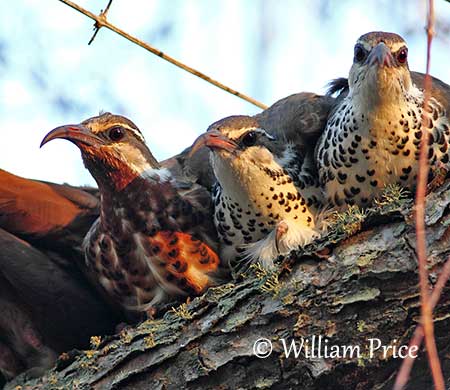
Female on the left
Some similar fights occur in White-breasted Mesite, but mostly in territorial defence with aggressive encounters between adults while the young of the group only watch.
The three species nests almost at ground-level, between 60 cm and 3 metres above the ground, in bushes or shrubby-trees, in thin clumps of vegetation or in sloping trees. These locations can be reached without flying. The clutches contain 1-3 pale eggs with variable dark markings. The eggs of the Brown Mesite are surprisingly large (44 x 30 mm) compared to the size of the bird. There was only one egg in the two nests found.
We do not know if both mates share the nesting duties, but generally, the incubation appears to be performed by the females while the males remain in the vicinity of the nest. From some observations, both adults incubate in Subdesert Mesite. In all species, the young are precocial and leave the nest when still downy. Both parents attend the family. The length of the post-fledging care is probably fairly long.
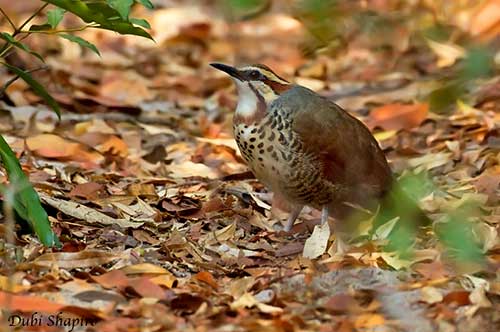
The predators are poorly known, but we can suggest that rodents, both native and introduced (Rattus rattus), large snakes, dogs and cats near villages may attack the nests. On the other hand, the nests are also robbed by birds such as Henst’s Goshawk and Hook-billed Vanga.
The three mesites are hunted by humans, especially in forest near villages, by trapping, chasing on foot, chasing with dogs, or killed with bow and arrow.
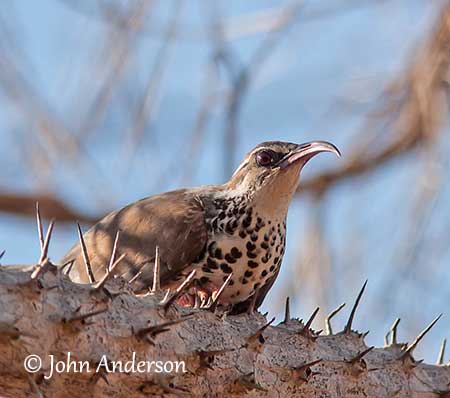
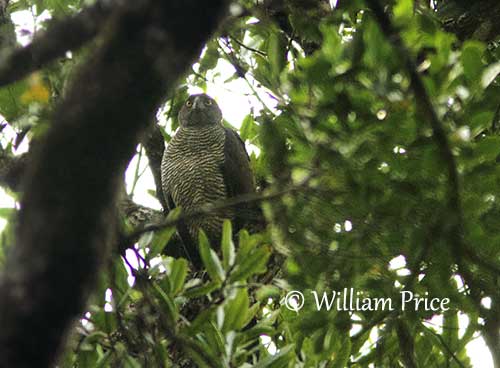
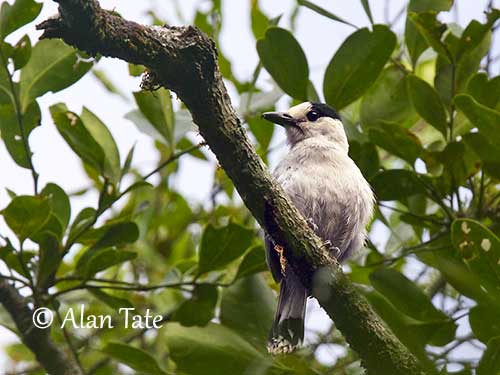
The family Mesitornithidae is the most threatened of all bird families in Madagascar. The three species are globally threatened and listed as Vulnerable. They are affected by habitat loss through degradation, fragmentation and destruction of forest. Hunting pressure and predation by wild birds, dogs and rodents also affect the mesites.
These threats may lead to the extinction of isolated populations. The increasing human population involve subsistence agriculture and settlement, leading to the loss of suitable areas for these birds. The mesites occur in some protected areas, but the continuous destruction of the forest might cause the decline of the population of this family.
The mesites are not reared in captivity, and they do not have accorded legal protection. The future of these fascinating birds is heavily threatened.